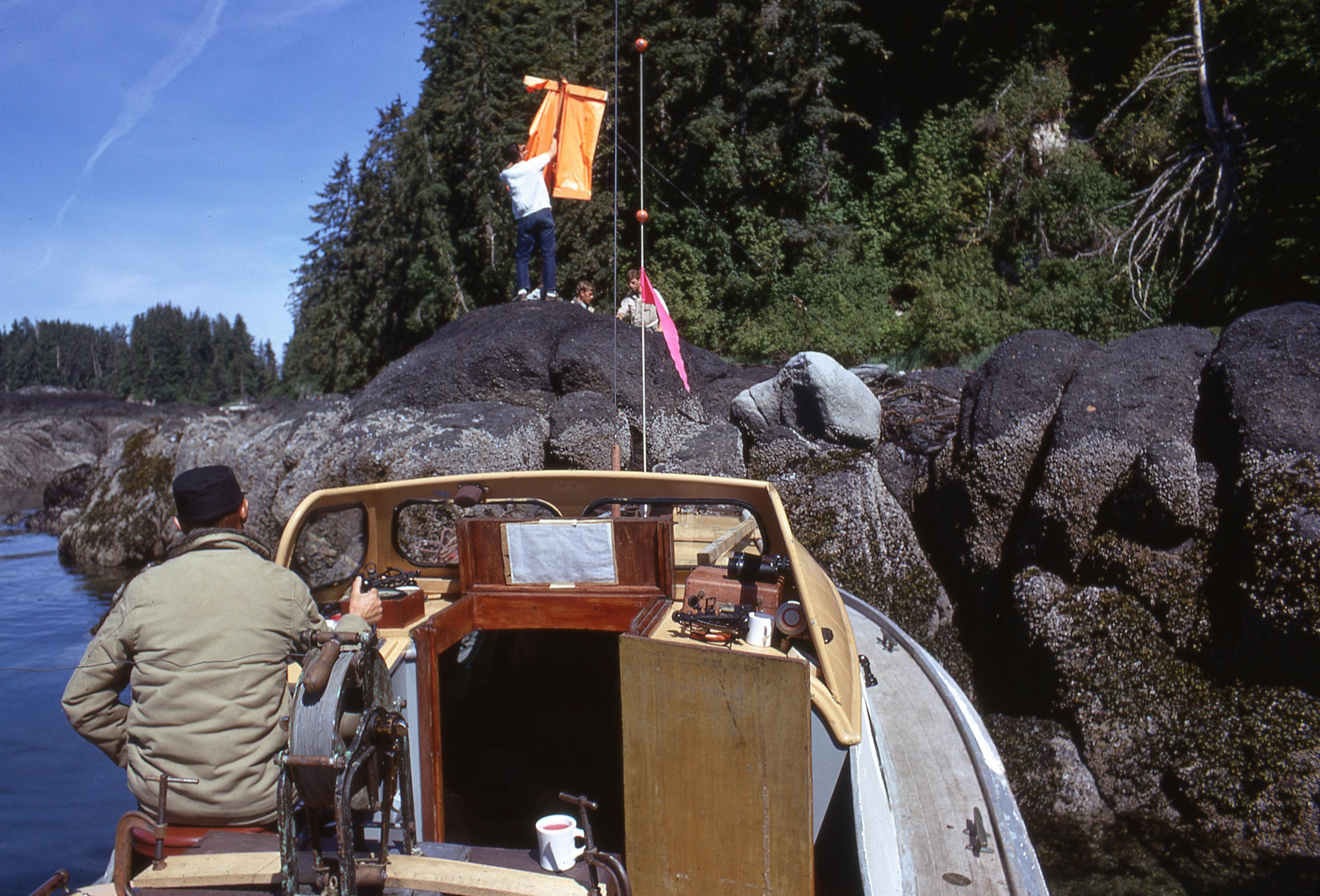In the realm of contemporary science fiction, few television series have captured the imagination and provoked as much intellectual curiosity as HBO‘s “Westworld.” Launched in 2016, this ambitious adaptation of Michael Crichton’s 1973 film has become a touchstone for discussions about artificial intelligence, consciousness, and the ethical implications of technology. At its core, however, “Westworld” is an exemplar of world-building—a meticulous construction of a universe that is as complex as it is compelling. This article delves into the intricacies of “Westworld’s” world-building prowess, examining how the series’ creators have crafted a narrative landscape that blurs the lines between reality and simulation, and challenges viewers to reconsider the very nature of existence. Through an analytical lens, we will explore the layers of storytelling, the depth of character development, and the innovative use of visual and thematic elements that collectively form the backbone of this sci-fi masterpiece.
Exploring the Intricacies of Westworlds Narrative Architecture
At the heart of Westworld‘s narrative architecture lies a complex interplay of timelines, character arcs, and philosophical quandaries. The series intricately weaves multiple storylines across different periods, challenging viewers to piece together a puzzle that reflects the fluid nature of reality within the show’s universe. This narrative approach not only serves to engage the audience but also mirrors the show’s thematic exploration of consciousness and identity. By employing nonlinear storytelling, the creators craft a narrative that invites analysis and rewards attentive viewing.
Key elements that contribute to this intricate architecture include:
- Nonlinear Timelines: The deliberate choice to fragment time enhances the mystery and depth of the plot.
- Character Development: Complex character arcs that evolve across seasons, providing a multi-layered understanding of their motivations and transformations.
- Philosophical Themes: Exploration of existential questions and the nature of consciousness, prompting viewers to ponder the essence of humanity.
- World-Building Details: Meticulously crafted environments and backstories that enrich the fictional world and lend credibility to its narrative.
Through these narrative techniques, Westworld not only captivates its audience but also invites them to question the boundaries between reality and artificiality, ultimately offering a profound commentary on the human condition.

Unpacking the Technological Realism and Its Impact on Storytelling
In the realm of speculative fiction, technological realism serves as a double-edged sword that both grounds and expands the narrative landscape. In HBO’s “Westworld,” this realism is meticulously crafted to support its intricate storytelling. The series leverages cutting-edge concepts like artificial intelligence and virtual reality to create a believable yet astonishing world. This blend of reality and speculation invites viewers to question the limits of technology and its ethical implications.
- Immersive Environments: The realistic portrayal of the park’s environment blurs the line between fiction and reality, enhancing viewer engagement.
- Character Development: By anchoring character arcs in plausible technological advancements, the narrative gains depth and complexity.
- Societal Reflection: The show reflects contemporary technological anxieties, making its themes resonate on a broader scale.
This nuanced application of technological realism not only enriches the narrative but also serves as a powerful storytelling tool that propels the series into discussions about humanity, morality, and the future.

Character Development and Ethical Dilemmas in Westworlds Universe
In the intricate tapestry of Westworld’s universe, character development is not merely a narrative device but a profound exploration of identity and consciousness. The series invites viewers to ponder the complexity of human nature through its host characters, who evolve from programmed beings into entities with self-awareness and agency. This evolution challenges the boundaries of what it means to be “alive” and questions the ethical implications of creating life-like artificial beings. The hosts’ journey mirrors the human quest for meaning, autonomy, and moral understanding, effectively blurring the line between creator and creation.
Ethical dilemmas are at the heart of Westworld’s narrative, compelling audiences to reflect on their own moral compasses. The show presents a landscape where choices are not black and white, but rather steeped in shades of gray. Some of the pivotal ethical questions include:
- The morality of artificial intelligence: Is it ethical to create sentient beings for entertainment?
- The consequences of free will: What responsibilities do creators have towards their creations?
- The impact of power and control: How does the exercise of power over another sentient being reflect on human nature?
By delving into these ethical quandaries, Westworld not only entertains but also serves as a mirror reflecting the complexities of our own societal values and technological advancements.

Recommendations for Crafting Immersive Sci-Fi Worlds Inspired by Westworld
To craft an immersive sci-fi world reminiscent of the intricate design seen in Westworld, it’s essential to focus on creating a multidimensional environment that captivates and challenges the audience. Begin by establishing a cohesive internal logic that governs your world. This includes developing a set of rules and constraints that characters must navigate, much like the hosts and guests in Westworld are bound by the park’s programming and ethical dilemmas. A well-defined logic not only enhances believability but also provides fertile ground for narrative tension and conflict.
- Layered Storytelling: Construct narratives within narratives, allowing characters to experience and influence multiple storylines simultaneously.
- Complex Characters: Design characters with intricate backstories and motivations, offering them the freedom to evolve as the plot progresses.
- Dynamic Environments: Ensure your world is ever-changing, with environments that respond to characters’ actions and decisions, providing an engaging and unpredictable experience.
- Philosophical Underpinnings: Infuse your world with philosophical questions that challenge the characters’ understanding of identity, reality, and morality.
Incorporating these elements will not only enrich the narrative depth but also encourage audiences to engage with the world on a more profound level, fostering a connection that mirrors the immersive experience of Westworld.
